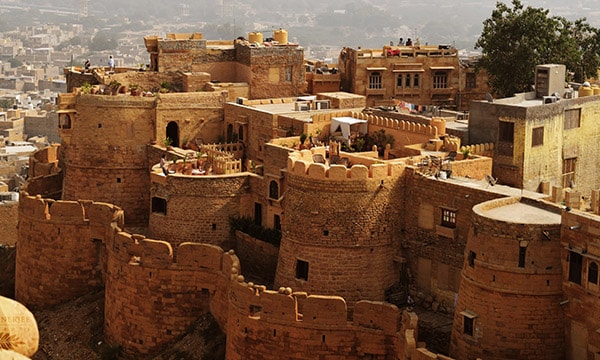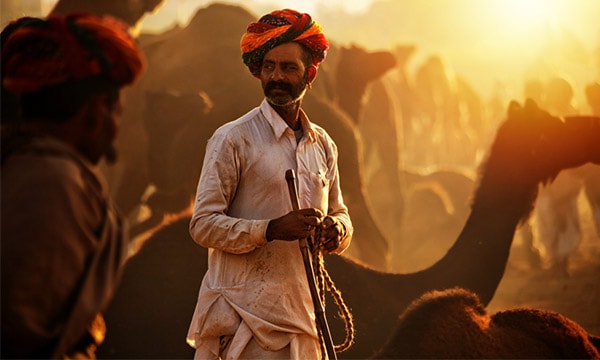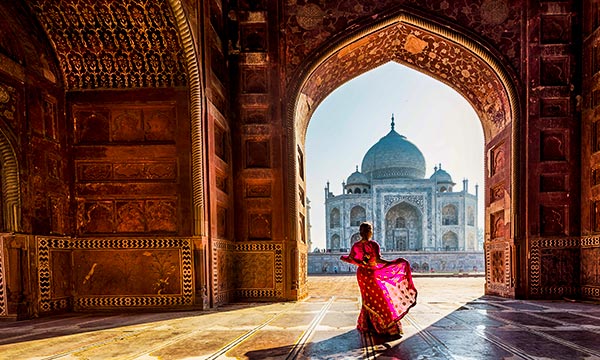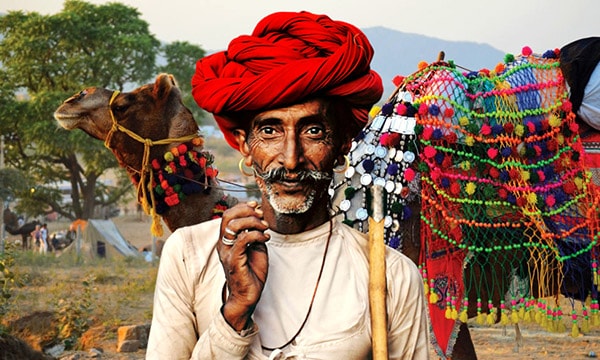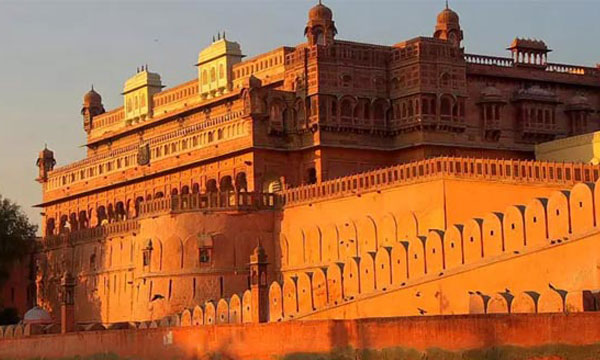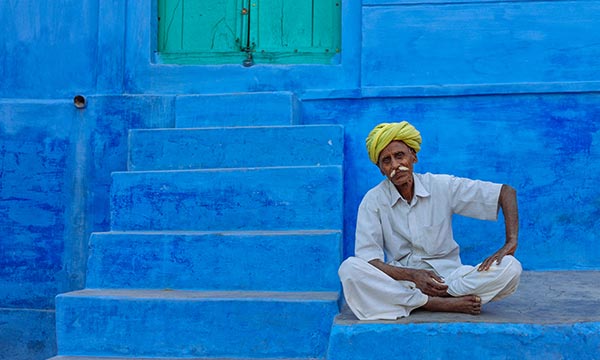Bikaner
Welcome to The Camel City
Fact & figure
- Indian union territory:
- Area: 155 km
- Population : 6.44 lakhs (2011)
- Language : Rajasthani, Hindi, English
- Attractions : Forts, Palaces and Monuments
- Rainfall : 72 mm
- : 242 m
- Monsoon : July and continues till August
- Best time to visit : October to March
- Temprature :
History of Bikaner
When you think of Rajasthan, you think of vast stretches of golden yellow sand and towering royal palaces. But very few cities bring the two aspects of the state together as Bikaner can. One of the true desert cities of Rajasthan, Bikaner is adorned with heaps and slopes of sprawling sand dunes all over the city and camels treading the sand with pride and indifference, making one feel the vibe of living in a desert for real.
The origin of the city can be traced back to 1488, to a Rathore prince by the name of RaoBikaji, one of RaoJodha’s five sons. The legend says that Bikaji left his father’s palace in annoyance over a feud, travelled far and wide to stumble upon the then wilderness of the place and transformed into the beautiful and majestic city of Bikaner to rule on his own. Every year, the residents of the city celebrate Foundation Day on the occasion of AkshayTritiya by flying kites and exchanging snacks.
However, Bikaner owes its true development to the Ganges Canal of 1928 and the Indira Gandhi Canal of 1987, which facilitated the irrigation in the dry and arid land of Bikaner.
Still, one of the oldest cities that Rajputana had seen, Bikaner had a forgotten but important role World War I. The-then ruler of the city, Maharaja Ganga Singh presented the British officials with one of the only two designs of the biplane model that the Allies used during the war.
Junagarh Fort is the most fascinating destination of the Camel City and holds the record of being one of the few forts that were never taken. The impregnable bastion of the fort was built by Raja RaiSingh in 1588 AD, under the Mughal patronage of Akbar. Blending splintering details of Rajputi, Islamic and European styles, the red sandstone structures of LaxmiNiwas Palace and Lalgarh Palace and Museum is worth feasting your eyes upon as well.
Last but not the least Bikaner has the only camel research and breeding centre of Asia, which is one of a kind experience for the visitors. Spread over 2000 acres of land in the dry aridity of the desert, this centre shows a different side of camel preservation in a state which is largely known for slaving the animal for domestic and business purposes.

